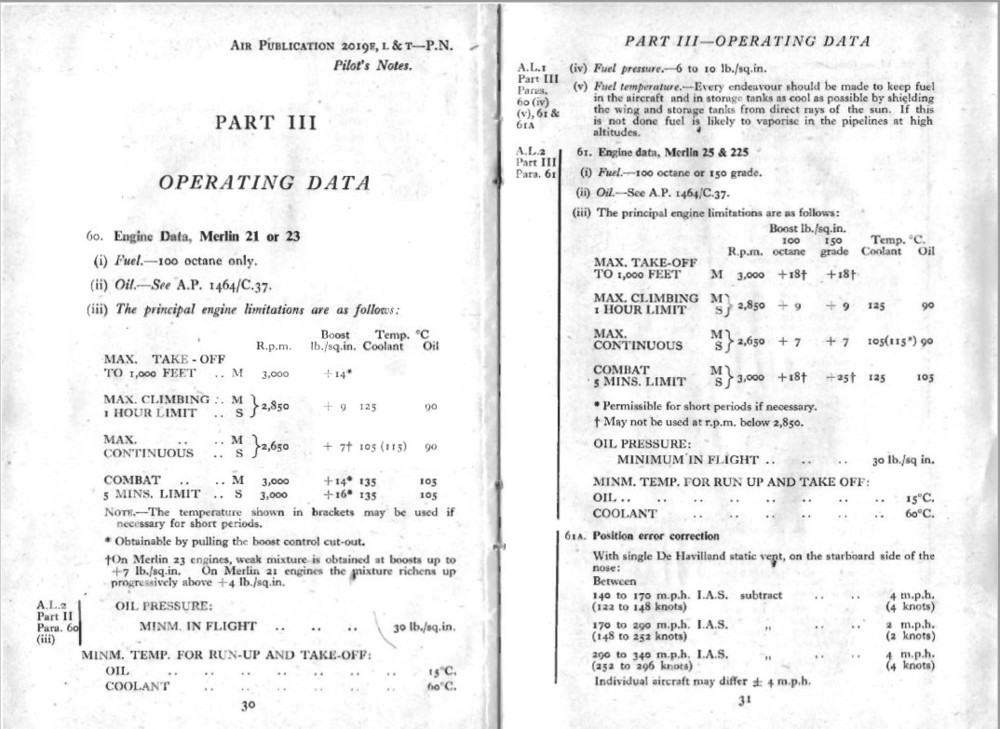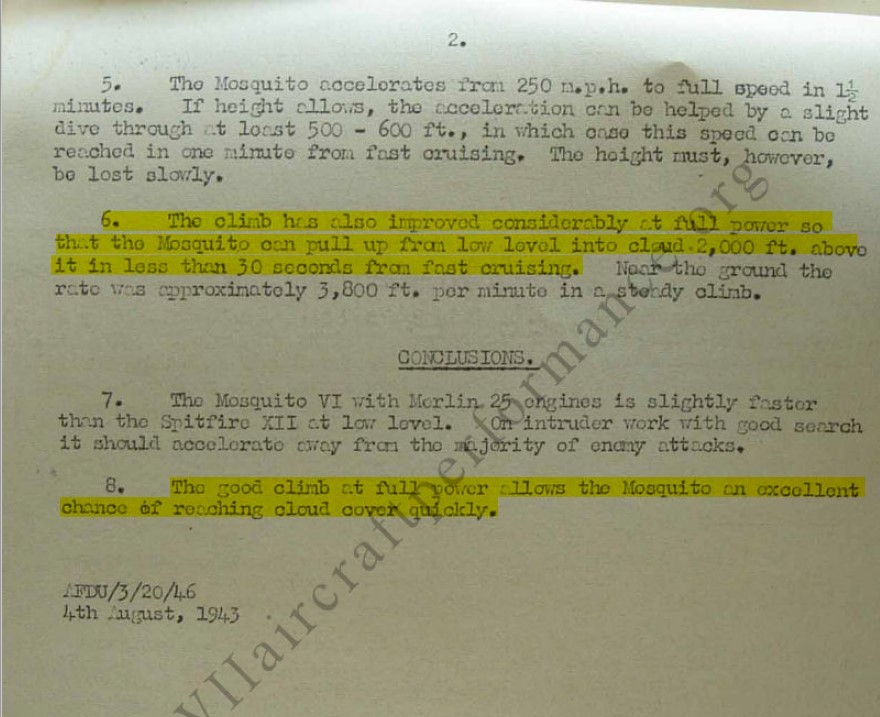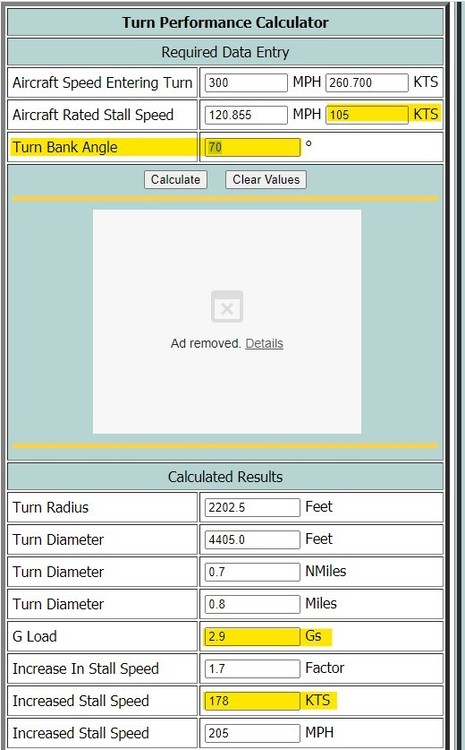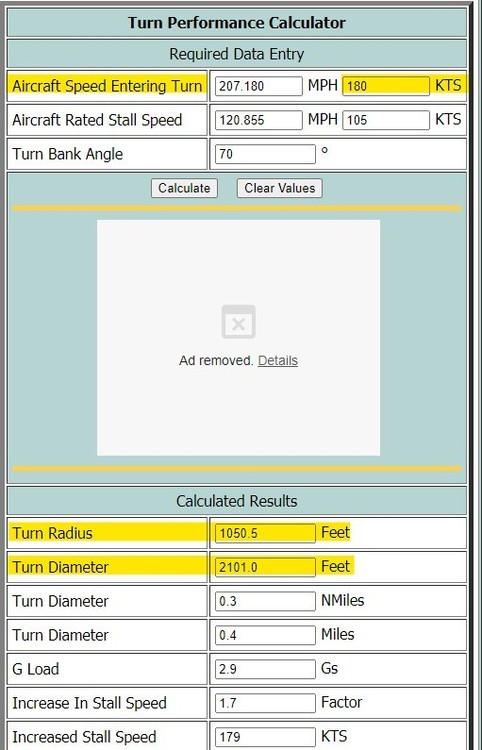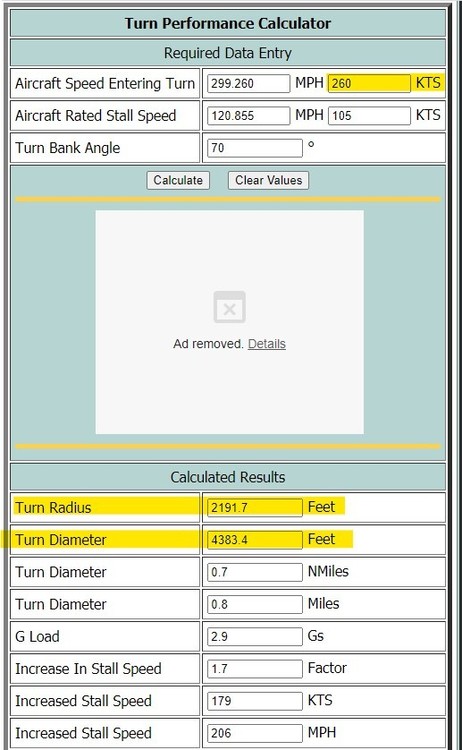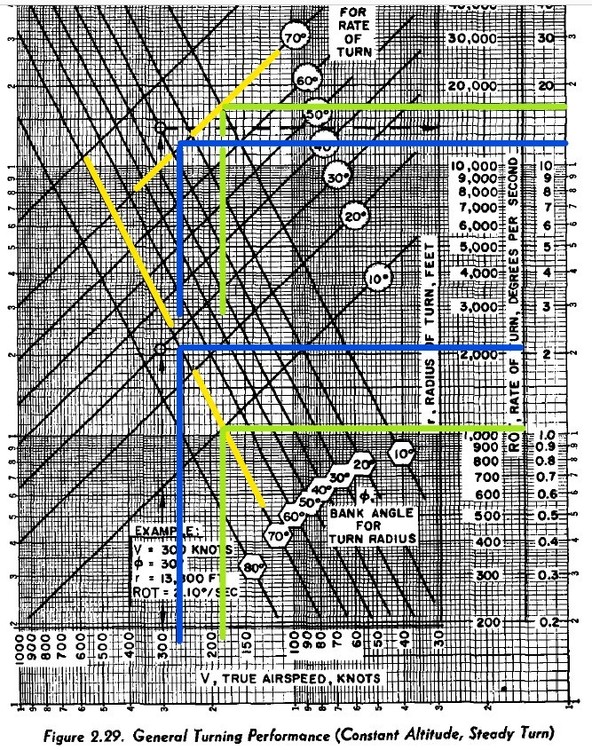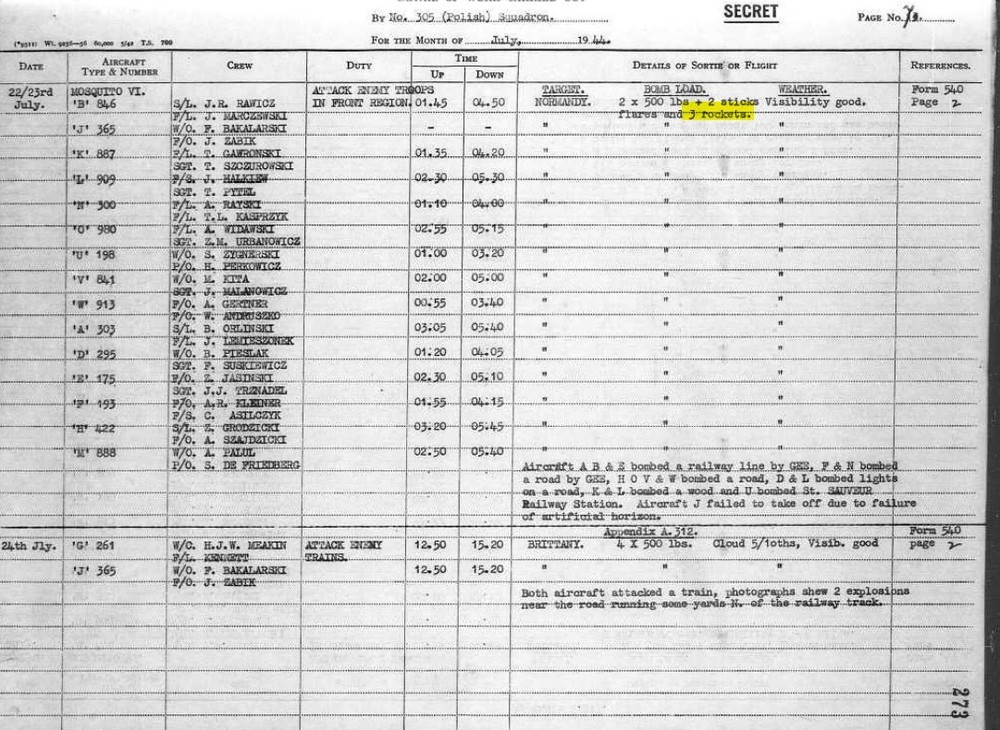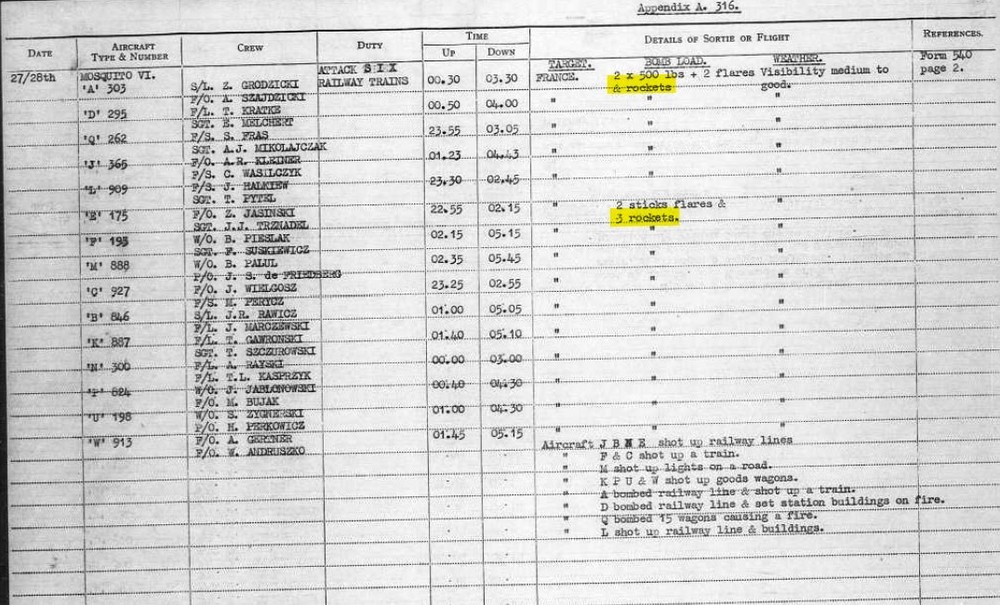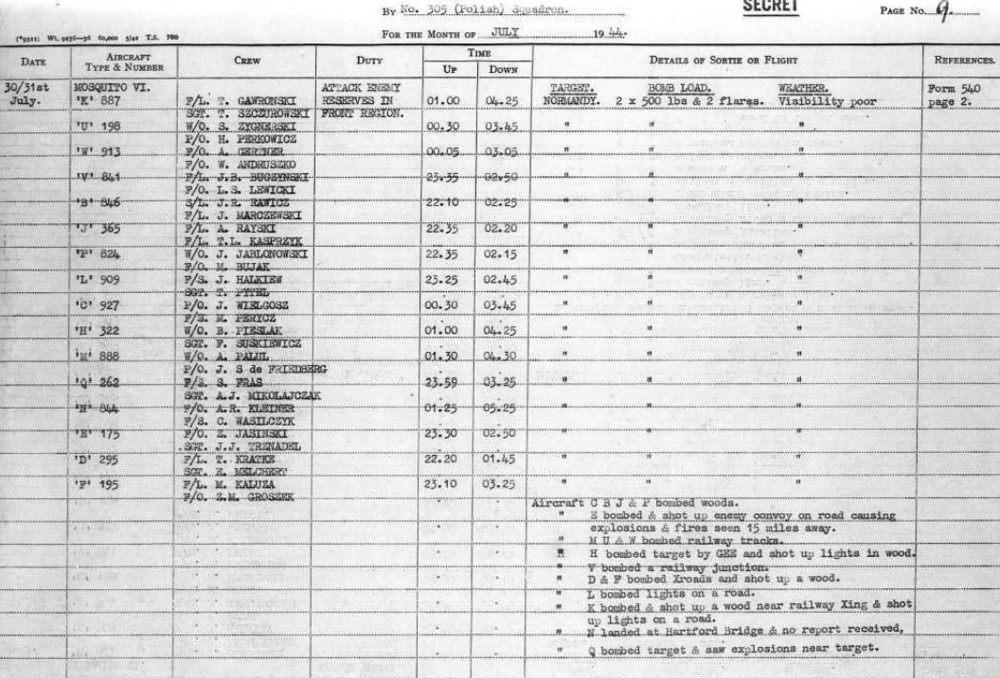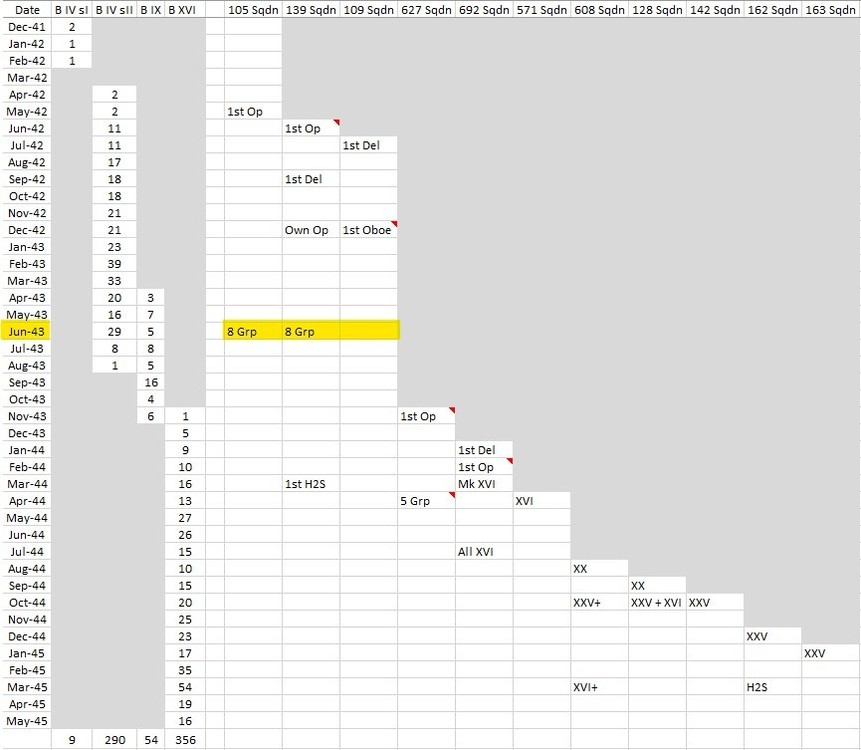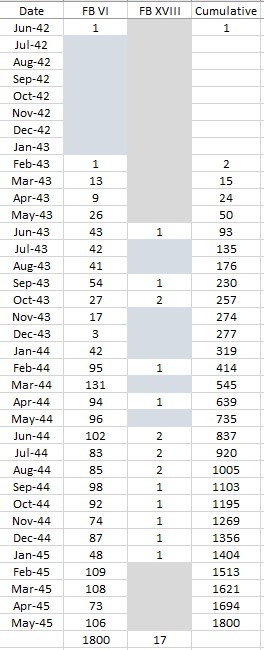-
Posts
62 -
Joined
-
Last visited
Content Type
Profiles
Forums
Events
Everything posted by Robi-wan
-
Have you tried "Active Pause" [LShift]+[LWin]+[Pause]
-
I'm trying to avoid reinventing the wheel if I can. Could any of you proficient Mosquito guys share a screenshot of your keyboard bindings for the Fuel System and perhaps Engine Controls. Thanks in advance.
-
Not quite, since GIB stands for guy in BACK. Perhaps it screams "GIN" (guy in nose) or "GOOSE" (guy operating other seat equipment).
-
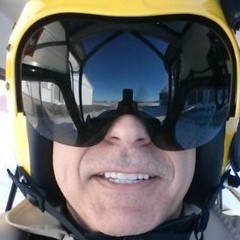
Expected Mossie performance vs current plane set
Robi-wan replied to Drakeshoot's topic in DCS: Mosquito FB VI
In a few squadrons I looked at for Jun 44 (think high tempo Ops) there is a pattern of flying the same airplane. Not all squadrons recorded what specific airplane crews were flying. Here are a few ORBs that you can check crew and aircraft flown. I picked names at random and picked a few particular airplanes in each squadron. I wanted to check what airplanes Seid and MacIntosh flew, but 418 Sqn did not keep record of that. AIR 27-2117-34 is 613 Sqn AIR 27-1672-68 is 305 Sqn AIR-27-2117-34 Jun 44.pdf AIR-27-1672-68 Jun 44.pdf -

Expected Mossie performance vs current plane set
Robi-wan replied to Drakeshoot's topic in DCS: Mosquito FB VI
I'm not sure how to respond. I can't imagine a pilot having the intuition that today I want to go kick Jerry's ass in some 1-v-1 action, and his observer thinking that's a great idea. It was in fact an engineering modification from the earlier 6 g limit of W4062. Crawling into the fuselage and removing the weight assembly attached to control cables is IMO much more than simply adjusting throttle friction. But if you've made adjustments to control cables in your RL flying, I salute you. I have not. -

Expected Mossie performance vs current plane set
Robi-wan replied to Drakeshoot's topic in DCS: Mosquito FB VI
Respectfully where did you read this? I've never read anything about pilots crawling into the fuselage to change or otherwise instructing the erks to remove/change this weight. -

Expected Mossie performance vs current plane set
Robi-wan replied to Drakeshoot's topic in DCS: Mosquito FB VI
If you check out The Mosquito Pocket Manual and look at page 46 you will see that the original specifications for the Mosquito called for a minimum of +3.5 g up to 450 mph. Pages 53-60 of that book provide the AFDU evaluation of W4062 in 1941. Page 56 mentions that at the time this airframe had a 6 g limit..."the Mosquito was unable to throw it off [referring to a Spitfire V] as its safety factor of 6 [that's the g limit] does not allow sufficiently violent manoeuvring with safety. Owing to the high speed and light elevator control of the Mosquito, high acceleration forces are easily imposed but will normally be avoided as the upright position of the crew reduces the amount of 'G' that can be withstood without 'blacking out.' " Two years later that same AFDU (probably not the same pilots) specifically mentions a 9 lb weight installed to limit g and that with manufacturer's approval it being removed for the single seat tests. Personally I have no reason to think the AFDU made up some BS about "a 9 lb. inertia weight on the elevator control, which improves stability but restricts the amount of acceleration force which the pilot can impose." Having a stable platform for performing your primary mission, ground attack, is a pretty good idea IMO. I admit my opinion is based upon having dropped bombs and strafed in a previous lifetime (1980s). When dropping bombs in a dive we typically used only 4 g (the ROT was 4 g in 2 seconds) during the pull off the target after releasing the weapon. So I find nothing earth shattering or crippling if a twin engine bomber in WWII had a ~3 g limit imposed on it. I could expound on dive angles and altitude lost in 3 g pullouts, but the point is once again a 3 g limit is NOT crippling for your purpose in life as a Mosquito pilot. If you peruse the 45 pages of Mosquito losses you will find frequent mention of airplanes breaking up in air while pulling out of dives. It is entirely plausible, and most likely that these airplanes suffered structural failure due to over g. The takeaway for those whose eyes have not glased/glazed over. It is entirely logical and plausible that the Mosquito had the elevator authority (ability) to pull 6+ g at high speed, but structurally it may have (IMO probably) had a lower g limit as demonstrated by lots of them breaking up in the air while pulling out of a dive. So it strikes me as completely logical that De Havilland added the 9 lb inertia weight to limit a pilot's ability to over g the airframe. Personally I'm not going to complain if ED gives us a 6 g Mosquito. Then again I'm more of a Holy Grail Mosquito pilot... -
-
Such are the perils of math in public.
-

Expected Mossie performance vs current plane set
Robi-wan replied to Drakeshoot's topic in DCS: Mosquito FB VI
On this we are in total agreement. -

Expected Mossie performance vs current plane set
Robi-wan replied to Drakeshoot's topic in DCS: Mosquito FB VI
@Bozonwe both have read the ORBs and books where average line pilots managed to outrun bandits (with the benefit of a timely tally) and reports of similarly skilled pilots getting gunned. SOP for Day Rangers was to have sufficient cloud cover in order to escape into cloud. ORBs frequently report these sorties were abandoned for lack of cloud cover. Likewise Coastal Command SOP was to turn out to sea if a gaggle of SE fighters was spotted in time. The point being, avoiding a maneuvering fight with SE fighters was baked into their tactics regardless of whether their airplanes had Merlin 21s, 23s or 25s. I also recognize that the AFDU was not the Empire Test Pilot School, and planes were flown imprecisely. Their results and recommendations subject to change. We're getting Merlin 25 motors in the sim, I love that. Given that MP servers will more than likely cater to day VFR single engine 1GCCFPs, I suspect that guys and gals in their Mosquito will not be adopting WWII tactics. And getting killed by 109s and 190s will be a common sight. That's just my opinion. -

Expected Mossie performance vs current plane set
Robi-wan replied to Drakeshoot's topic in DCS: Mosquito FB VI
No it should not, the weight in the elevator is still present thus limiting how many g you can pull; and it's the same wing so same stall airspeed. The Merlin 25s give it a little more power. The conclusion is addressing a climb from naught height to ~2000 feet. Where the Merlin 23s edit Merlin 25s provide something a little better than ~4000 fpm (2000 feet in less than 30 seconds equals > 4000 feet in 60 seconds). I'm not sure I'd conclude that Merlin 25s massively improved climb performance based upon #8 "The good climb at full power allows the Mosquito an excellent chance of reaching cloud cover quickly. I'm just saying without some idea of the time required [edit the single seat test when stripped of 1500 pounds climbed at >3000 fpm], all I'd conclude is that's it's better. You could be right that it's massively better. -

Expected Mossie performance vs current plane set
Robi-wan replied to Drakeshoot's topic in DCS: Mosquito FB VI
Exactly. If folks are using the IL-2 1946 Mosquito as their exemplar, they will be unhappy. -

Expected Mossie performance vs current plane set
Robi-wan replied to Drakeshoot's topic in DCS: Mosquito FB VI
Yes to this. According to David Ogilvy in The De Havilland Mosquito Chapter 5, he describes a normal takeoff as using +9 lb of boost and 3000 RPM (full fine prop pitch) then lifting off at around 100 KIAS then to accelerate close to the ground (in ground effect) as fast as possible to 175 KIAS which he calls "asymmetric safety speed." He says "often it is possible to reduce power to +7 lb and 2650 RPM, in which case it is practicable and safe to start the climb at 155 knots." In modern terms he's describing a very high Vmca (Velocity minimum control air), general aviation twin engine airplane pilots in the USA refer to this as the Blue Line on the airspeed indicator. Generally speaking, pilots when faced with an engine failure on takeoff would often pull both throttles to Idle and raise the gear to get the airplane stopped safely. The records of squadrons are full of entries noting engine loss of power or failure and raising the gear to stop. -

Expected Mossie performance vs current plane set
Robi-wan replied to Drakeshoot's topic in DCS: Mosquito FB VI
Bear with me, you might find it useful (or not). If you believe the AFDU evaluation of the FB.VI (and I do) then we'll be flying a +3 g airplane. If you also accept the Pilot Notes, we're saying the airplane has a 1 g stall speed in the clean (gear and flaps up) configuration of ~105 KIAS. The airspeed indicator has a plus or minus 2 to 4 knots error. So it's about 105 KIAS in wings level unaccelerated flight. It just so happens that at 70 degrees angle of bank (whilst maintaining altitude) you will require ~3 g to hold altitude. Great...so what? Notice our indicated stall speed went from 105 KIAS up to 178 KIAS. Okay fine...so what, you ask. Perhaps you will recall off the top of your cranium that corner velocity is the minimum speed that you can pull maximum g. See where I'm going with this? Corner velocity for the Mosquito should be just a bit faster than 178 KIAS, so let's call it 180 KIAS. At 180 KIAS your 3 g turn radius will be ~1000 feet and the diameter ~2000 feet. You can't fly any slower and pull 3 g because you will stall. What about flying faster? At 260 KIAS you have more than doubled your turn radius and diameter. IRL fighter pilots talk about turn radius (not diameter). APOLOGIES FOR A BUSY GRAPHIC This chart is taken from Aerodynamics For Naval Aviators (I was an Air Force guy), the yellow lines are at 70 degrees because for the sake of discussion, we agree that the FB.VI is a +3 g airplane. The lime green line is for 180 KTAS (Indicated is close enough True at Sea Level) radius and rate. The blue line is for 260 KTAS radius and rate. Start at the bottom with your airspeed and move up vertically until you intersect the first yellow line, move horizontally to the right to get your turn radius. If you continue vertically to the second yellow line then move horizontally to the right will give your turn rate. The takeaways? Flying at a corner velocity of ~180 KIAS will generate a turn rate of 17 degrees per second. Flying at 260 KIAS will lower the turn rate to 12 degrees per second. And finally this is what AFDU had to say about the FB.VI against Spitfire and Typhoons. -

DCS: de Havilland DH.98 Mosquito FB Mk VI Discussion
Robi-wan replied to msalama's topic in DCS: Mosquito FB VI
Short answer...No. -

DCS: de Havilland DH.98 Mosquito FB Mk VI Discussion
Robi-wan replied to msalama's topic in DCS: Mosquito FB VI
I confess this second mention of No. 214 Sqn has me puzzled. I've inferred that you're saying they flew Mosquitos for 100 Group. I can find no published reference to indicate the squadron ever flew Mosquitos. I am aware that C Flight of No. 192 flew B.IV variants in an EW role. AFAIK No. 214 Sqn flew Wellingtons then Stirlings, then Fortresses. I've not downloaded their ORBs, but can share your reference? I am always looking for better sources and information. -

DCS: de Havilland DH.98 Mosquito FB Mk VI Discussion
Robi-wan replied to msalama's topic in DCS: Mosquito FB VI
-
Indeed it is eye opening when so much of the mystique and love of the Mosquito is based upon the Amiens and Copenhagen raids. Even as 100 Group was increasing the number of Mosquito squadrons, No. 418 Sqn and No. 605 Sqn (still part of Fighter Command's 11 Group until Nov 1944) were increasingly tasked with Bomber Command support (or Flower) missions.
-
LOL, let's look at the ORB. Indeed on three nights it looks like they carried bombs, flares, and ~3 RPs in July 1944. I suspect it was a test, and your conclusion about blinding is probably right. In August they did not carry any RPs. The Summary portion of the ORB doesn't go into detail WRT this being a test. But I suspect it is. More research is in order. Edit: after reading all of No. 305 Sqn ORB from the time they switched to Mosquitos, looks like those three nights in Jul 1944 are the ONLY time the carried rockets. On some nights their "bomb load" was 2 sticks/bundles/clusters of flares, or a combination of flares and bombs, or just bombs. 2nd Edit: My reading of No. 613 ORB show that they did NOT use rockets. I still need to check No. 107 Sqn since along with No. 305 Sqn these squadrons comprised 138 Wing.
-
@Bozon thank you kindly. My little bit of research about FB.XVIII numbers came from my uncertainty WRT the use of RPs. Martin Bowman's prolific writing about the Mosquito didn't make it an easy task. I was under the mistaken impression (as I'm sure a lot of folks are) that RPs were widely used by Mosquitos and that several Coastal Command squadrons were equipped with FB.XVIIIs. Then I began to piece together the very small number of FB.XVIIIs operational at any given time with No. 248 Sqn, the operational introduction of RPs (Nov 44) with No. 143 Sqn and the transfer of all FB.XVIIIs from No. 248 Sqn (Jan 45). I got sidetracked with Tsetse Mosquito numbers thus I'm still checking ORBs and books to confirm my premise that only Coastal Command Mosquitos used RPs.
-
I'm always looking for better sources. The De Havilland production database [edit the link] only lists the same 18 as Sharp & Bowyers. Roy Conyers Nesbit in The Strike Wings mentioned 27 Tsetse Mosquitos. Graham Simons in Mosquito: The Original Multi-Role Combat Aircraft has these 16 listed: FB.Mk.XVIII Powered by two Rolls-Royce Merlin 21, 23 or 25 engines driving three-bladed Hydromatic propellers, this variant was a ground-attack and anti-shipping fighter-bomber. First flew 8 June 1943. Fitted with Molins 6-pounder 57mm gun. Production: HJ732 - Prototype. Converted from FB.Mk.VI Series I; MM424-MM425; NT200, NT224, NT225, NT592-NT593, PZ251-PZ252, PZ300-PZ301; PZ467-PZ470. I quibble with his information regards the motors. I think they all had Merlin 25s. He also omitted HX902-904. Additionally NT592 (assigned to No. 85 and No. 141 Sqns) and NT593 (assigned to No. 157 Sqn) were NF.30s. Bowman in De Havilland Mosquito has his own production appendix listing these 25: HJ732 HX902-HX903-HX904 MM426-MM427-MM428-MM429-MM430-MM431 NT200-NT220-NT224-NT225-NT592-NT593 PZ251-PZ252-PZ300-PZ301-PZ346-PZ467-PZ468-PZ469-PZ470 He says MM424-MM425 are both FB.VI while MM426 to MM431 are shown as FB.XVIII. There is reason to quibble with this as well. Looking at this extract from the De Havilland database, MM426-429 didn't serve with Coastal Command squadrons. Nor did NT200 (No. 21 Sqn) fly with Coastal Command. He repeats IMO the error regarding two NF.30s The PZ series agrees with the DH database and Sharp & Bowyer. The only squadron ORBs where I've found reference to FB.XVIII is No. 248 and No. 254 Squadrons. The former being especially good. At the risk of repeating myself, I'm always happy to learn.
-
I've not found any equivalent, for OCUs, HCUs or in my case Mosquito OTUs. You are probably well aware of the Royal Air Force personnel guide, you could always try the chat feature to get a better idea. Sorry I couldn't help.
-
If you happen to be REALLY interested in RAF squadron history you can download PDF versions of their Operations Record Books (ORBs) from the National Archives. Your query might be worded as "107 Squadron Operations Record Book." Just throwing that out there for folks that might not have known this. Anyway...you can find out some pretty interesting stuff. For example: prior to D-Day FB Mosquito squadrons like No. 107 Squadron flew some tests where a gaggle of their FBs flew daylight missions at medium altitude in formation with Oboe Pathfinder Mosquitos attacking V-1 sites. They dropped when the Oboe Mosquito dropped. This method was not effective and was discontinued. As to your second part, speaking strictly of general purpose bombs of the 500 lb variety, a B could only carry two more than an FB. So here's a brief overview. This image is a summary of FB deliveries by month. Initial deliveries of FB primarily went to Intruder squadrons 418 Sqn and 605 Sqn that operated primarily at night (single ship). As FB Mosquitos appeared in 2 TAF squadrons, each squadron went through periods of mostly daylight missions, but by D-Day they too were primarily flying night (single ship) Intruder/Flower/Ranger sorties. Coastal Command's 333 Sqn only equipped one Flight with Mosquitos, whilst the other flight flew Catalina. Looking at Coastal Command squadrons with FBs you see that prior to D-Day only two squadrons were operational but again 333 Sqn was equipped with less than a dozen. 254 Sqn was always a Beaufighter squadron that added a Flight of a half dozen FB very late in the war. 404 Squadron was a late conversion from Beaufighters. From my research, and looking at pictures, only Coastal Command use RPs. This truncated image shows B variant deliveries (I cut off the early B.IV Series 1 deliveries to 105 Sqn). Prior to June 1943 105 Sqn and 139 Sqn flew daylight sorties primarily in small formations at low level. In June 1943 those squadrons joined 8 Group switching to night missions. 109 Sqn was the first Oboe squadron (special pathfinder kit) and not a typical bomber squadron. 105 Sqn transitioned to Oboe. 139 Sqn became a pathfinder without Oboe, typically leading missions to Berlin (out of Oboe range). 627 Sqn became a pathfinder squadron and transferred to work primarily with 5 Group squadrons often marking from very low altitude. The other seven squadrons were primarily bombers. You can see when each started flying ops. The squadrons where you see XVI were able to carry the 4,000 lb cookie. Those with XX or XXV typically carried 4 x 500 lb bombs on mission according to their ORBs. Takeaway...FBs could NEVER carry the 4,000 lb cookie.





